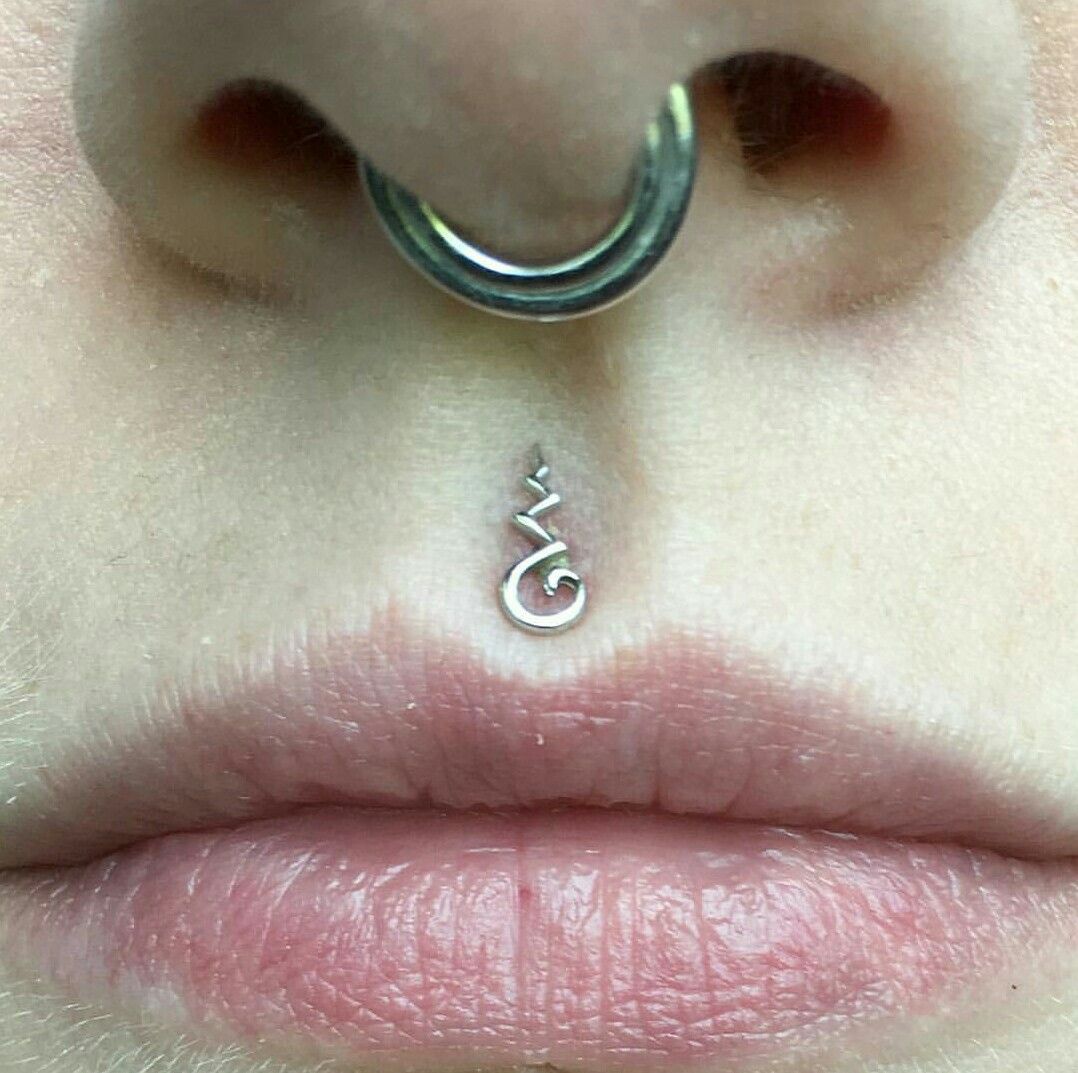Medusa healing process has captivated the imagination of scientists and researchers worldwide. Inspired by the mythical creature Medusa, this groundbreaking field explores how certain organisms exhibit extraordinary regenerative abilities. By studying these processes, scientists aim to unlock new possibilities in human medicine and tissue repair.
Throughout history, myths and legends have often inspired scientific discoveries. The story of Medusa, with her snake-like hair and petrifying gaze, serves as a metaphor for the transformative power of nature. In modern science, the term "Medusa healing process" refers to the study of regeneration in various species, offering hope for revolutionary medical treatments.
This article delves into the fascinating world of regenerative medicine, exploring how researchers are drawing inspiration from nature to develop innovative therapies. By understanding the mechanisms behind the Medusa healing process, we can pave the way for advancements in wound healing, tissue engineering, and even organ regeneration.
Read also:Jill Marie Degroff The Queen Of Cocktail Culture
Table of Contents
- Medusa: Myth and Reality
- Regenerative Mechanisms in Nature
- Scientific Research on Regeneration
- Applications in Modern Medicine
- Challenges in Regenerative Medicine
- Ethical Considerations
- Future Prospects
- Case Studies
- Data and Statistics
- Conclusion
Medusa: Myth and Reality
Biographical Overview
In Greek mythology, Medusa was one of the Gorgons, creatures with snake-like hair and a gaze that could turn anyone to stone. While the mythological Medusa is often associated with fear and danger, modern science draws inspiration from her name to explore the regenerative capabilities of certain organisms.
| Attribute | Details |
|---|---|
| Name | Medusa |
| Origin | Greek Mythology |
| Symbolism | Transformation and Regeneration |
| Modern Interpretation | Regenerative Medicine |
Regenerative Mechanisms in Nature
Organisms with Regenerative Abilities
Nature provides numerous examples of organisms capable of remarkable regeneration. From starfish that can regrow entire limbs to axolotls that regenerate entire body parts, the Medusa healing process is not limited to mythology. Some key examples include:
- Planarians: Flatworms that can regenerate entire bodies from small fragments.
- Axolotls: Salamanders capable of regenerating limbs, spinal cords, and even parts of the brain.
- Hydra: Tiny freshwater animals that can regenerate any part of their body.
Scientific Research on Regeneration
Key Studies and Findings
Researchers worldwide are studying the Medusa healing process to understand the molecular and cellular mechanisms behind regeneration. Recent studies have identified specific genes and proteins involved in tissue repair, offering new insights into potential therapeutic applications.
According to a study published in the journal Cell, scientists have discovered that certain signaling pathways play a crucial role in the regenerative process. These findings have significant implications for developing treatments for conditions such as spinal cord injuries and heart disease.
Applications in Modern Medicine
Therapeutic Uses of Regenerative Medicine
The Medusa healing process has numerous applications in modern medicine. Some of the most promising areas include:
- Wound Healing: Accelerating the recovery of burns, cuts, and chronic ulcers.
- Tissue Engineering: Creating artificial tissues and organs for transplantation.
- Stem Cell Therapy: Harnessing the power of stem cells to repair damaged tissues.
Challenges in Regenerative Medicine
Barriers to Implementation
Despite its potential, regenerative medicine faces several challenges. These include:
Read also:Desi49 Live A Comprehensive Guide To The Rising Star
- High costs of research and development.
- Complex regulatory frameworks governing the use of regenerative therapies.
- Public perception and acceptance of novel treatments.
Addressing these challenges requires collaboration between scientists, policymakers, and industry stakeholders to ensure the safe and effective implementation of regenerative therapies.
Ethical Considerations
Moral and Ethical Implications
The Medusa healing process raises important ethical questions about the use of regenerative medicine. Key concerns include:
- Access to treatment: Ensuring equitable access to regenerative therapies for all patients.
- Consent and autonomy: Respecting patient autonomy and informed consent in clinical trials.
- Environmental impact: Considering the ecological implications of using certain organisms in research.
Future Prospects
Emerging Technologies and Innovations
Advances in biotechnology and genetic engineering are paving the way for new breakthroughs in regenerative medicine. Some promising developments include:
- CRISPR technology for precise gene editing.
- 3D bioprinting for creating complex tissues and organs.
- Artificial intelligence for analyzing large datasets and predicting regenerative outcomes.
Case Studies
Real-World Applications
Several case studies highlight the success of regenerative medicine in treating various conditions. For example:
- A patient with severe burns was treated with bioengineered skin, resulting in rapid healing and minimal scarring.
- A clinical trial using stem cell therapy showed promising results in restoring vision for patients with macular degeneration.
Data and Statistics
Key Figures in Regenerative Medicine
According to the Global Regenerative Medicine Market report, the industry is expected to reach $100 billion by 2030. Some other notable statistics include:
- Over 1,000 ongoing clinical trials focused on regenerative therapies.
- More than 50 FDA-approved regenerative medicine products currently available.
Conclusion
The Medusa healing process represents a fascinating intersection of mythology and modern science. By studying the regenerative capabilities of various organisms, researchers are making significant strides in developing innovative treatments for a wide range of medical conditions. While challenges remain, the future of regenerative medicine looks promising.
We invite you to share your thoughts and experiences in the comments section below. For more information on this topic, explore our other articles on regenerative medicine and biotechnology. Together, let's continue the journey toward unlocking the full potential of the Medusa healing process.

